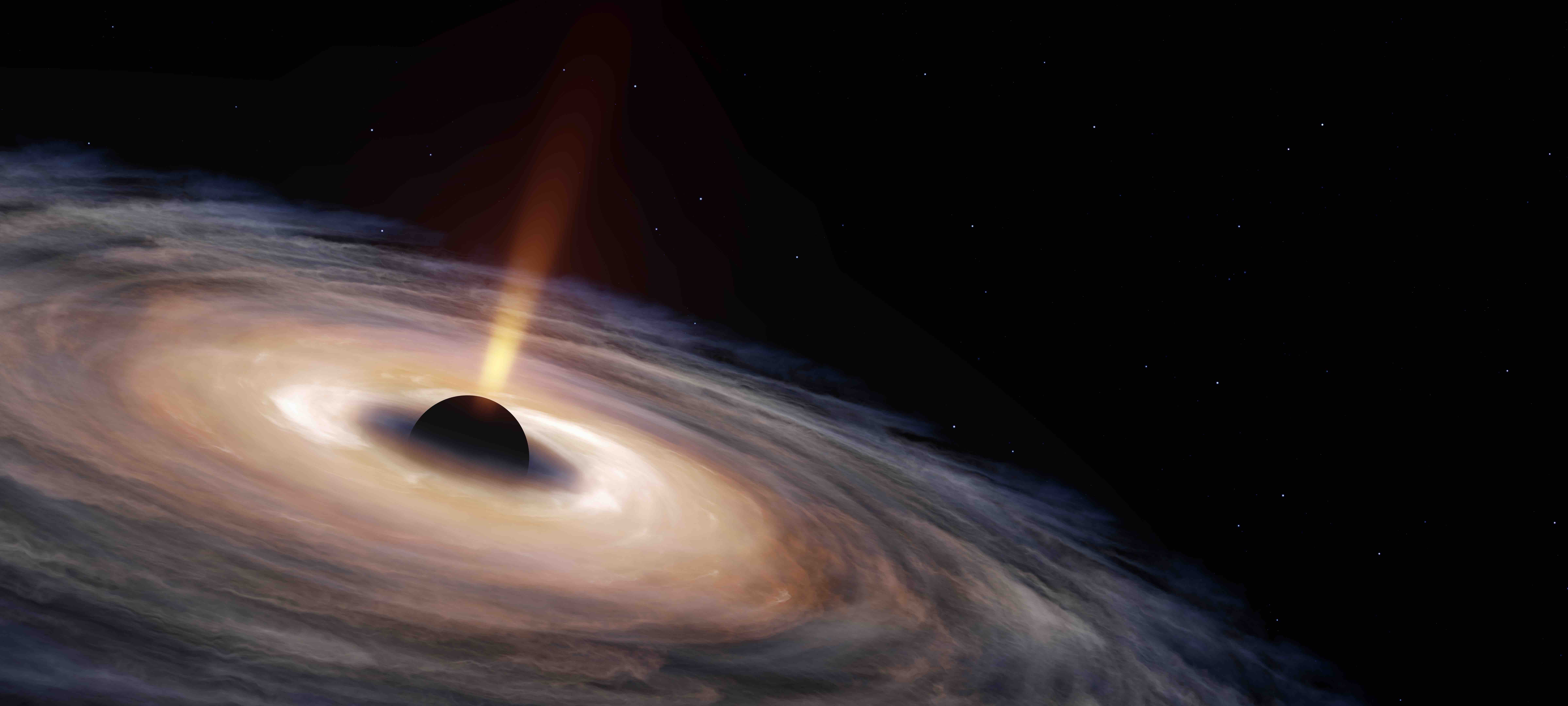
An advanced European space Telescope was recently sent into space from Florida’s Kennedy Space Center. This is a big step forward that could help us figure out how the universe works.
This project aims to answer one of the most important questions in science: where and how dark matter came from. The launch is a big step forward in space travel, and scientists and experts are excited to see what useful information this telescope will give them.
If we try to explain dark matter, we can say that it has been a mystery for a long time, making scientists and thinkers scratch their heads. It’s a strange kind of matter that doesn’t give off, absorb, or reflect light, so it’s almost impossible to see with normal ways of looking.
Even though it is hard to find, its gravity effects can be seen in the way galaxies and groups of galaxies move. Astrophysics has spent decades trying to figure out what dark matter is and how it affects the structure and development of the universe.
A Technological Marvel
It will not be wrong if we say that this European space telescope is a technical miracle. It is equipped with state-of-the-art instruments and advanced sensors, and is designed to capture high-resolution images and data from distant corners of the universe.
Its advanced sensors can detect a wide spectrum of electromagnetic radiation, ranging from visible light to gamma rays, enabling it to scan the cosmos in unprecedented detail.
Mission Objectives
The primary objective of this European space telescope is to pinpoint potential sources of dark matter and explore its interactions with visible matter.
Scientists hope that by studying the distribution and behavior of dark matter in different regions of the universe, they can unravel its nature and its role in shaping thecosmos. The telescope will also examine the gravitational effects of dark matter on galaxies and galaxy clusters, providing insights into how it influences the large-scale structure of the universe.
With a perfect launch from the Kennedy Space Center, the European space telescope set off on its journey to find out what dark matter is all about. Propelled by a powerful rocket, the telescope is currently on a trajectory that will eventually position it in a unique orbit beyond Earth’s atmosphere. This orbit will allow the telescope to avoid interference from atmospheric effects and capture clear, distortion-free images and data.
One of the groundbreaking aspects of this mission is the utilization of advanced artificial intelligence (AI) algorithms.
These AI systems will analyze the vast amounts of data collected by the telescope in real-time, helping astronomers identify potential dark matter signatures and anomalies that might not be immediately evident to the human eye.
This integration of AI technology is expected to significantly expedite the discovery process and enhance the accuracy of the findings. Furthermore the European space telescope mission is the result of international collaboration, involving researchers, scientists, and engineers from multiple European countries. It also reflects cooperation with space agencies and institutions from around the world. This collaborative spirit underscores the global significance of understanding dark matter, transcending geographical boundaries in pursuit of scientific knowledge.
As the European space telescope embarks on its mission to uncover the secrets of dark matter, the scientific community is brimming with anticipation. Successful detection and characterization of dark matter could revolutionize our understanding of the universe’s composition, evolution, and fate. The findings might also have implications for theories related to the fundamental forces of nature and the universe’s ultimate destiny.
Who knows what comes next but we can expect that the launch of the European space telescope from Florida’s Kennedy Space Center heralds a new era in our quest to unravel the mysteries of dark matter. As this innovative mission sets its sights on one of the biggest questions in science, the science community and the rest of the world are excited to see what new findings it will make.
With its advanced technology, international collaboration, and dedication to unlocking the secrets of the cosmos, this European space telescope is poised to leave an indelible mark on the annals/historical records of space exploration and astrophysics.







